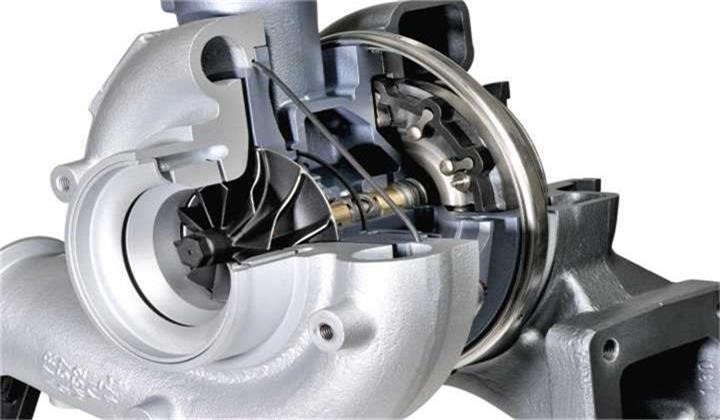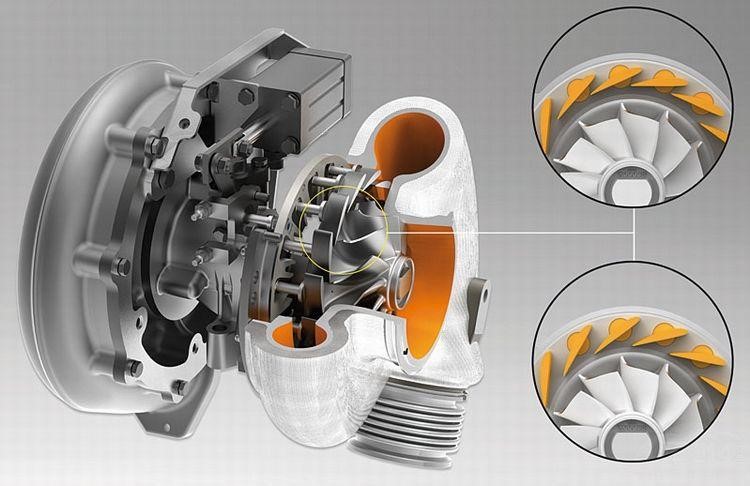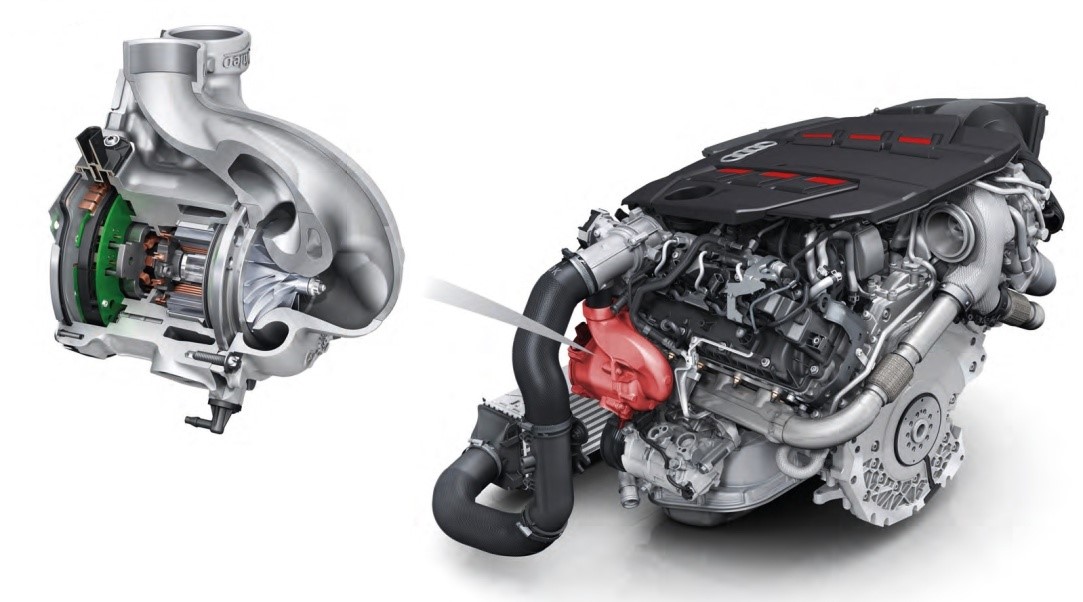Development of turbocharging technology
Turbocharging technology was first proposed by Posey, an engineer in Switzerland, and he also applied for a patent for "combustion engine auxiliary supercharger technology". The original purpose of this technology was to be used in aircraft and tanks until 1961. , General Motors of the United States, began to try to install the turbocharger on the Chevrolet model, but due to the limited technology at that time, there were many problems, and it was not widely promoted.

In the 1970s, the Porsche 911 equipped with a turbocharged engine came out, which was a turning point in the development of turbocharging technology. Later, Saab improved the turbocharging technology, so that this technology has been widely used.

The principle of turbocharging
The principle of turbocharging technology is very simple, which is to use the exhaust gas discharged from the engine to push the impeller to generate energy, drive the coaxial intake turbine, and compress the air entering the cylinder, thereby increasing the power and torque of the engine.

With the development of technology, there has been an electronic turbine, which is to drive the air compressor through a motor. Both of them have the same principle in essence, both are for compressing air, but the form of supercharging is different.

With the popularity of turbocharging technology, some people may think that if the turbocharger is broken, it will only affect the intake air volume of the engine. Can it be used as a naturally aspirated engine?
Cannot be used as a self-priming engine
From a mechanical point of view, it seems feasible. But in fact, when the turbocharger fails, the entire engine will be greatly affected. Because there is a big difference between a turbocharged engine and a naturally aspirated engine.

For example, in order to suppress knocking of turbocharged engines, the compression ratio is generally between 9:1 and 10:1. In order to squeeze power as much as possible, the compression ratio of naturally aspirated engines is above 11:1, which leads to The two engines differ in valve phasing, valve overlap angle, engine control logic, and even the shape of the pistons.
It's like a person who has a bad cold and his nose is not ventilated. Although he can maintain breathing, it will still be very uncomfortable. When the turbocharger has different failures, the impact on the engine can also be large or small.
Symptoms of Turbine Failure
The more obvious symptoms are the power drop of the car, the increase of fuel consumption, the burning of oil, the blue smoke or black smoke from the exhaust pipe, the abnormal noise or even the harsh sound when accelerating or closing the accelerator. Therefore, once the turbocharger is broken, it must not be used as a self-priming engine.
Turbine Failure Type
There are many reasons for the failure of the turbocharger, which can be roughly divided into 3 categories.
1. There is a problem with the sealing performance, such as poor impeller shaft seal, damaged air duct, wear and aging of the oil seal, etc. If such problems occur, the engine continues to work, which is not a big problem, but it will lead to increased fuel consumption, burning oil, and long driving , and even increase in carbon deposition, causing the engine to pull the cylinder.
2. The second type of problem is blockage. For example, if the pipeline for exhaust gas circulation is blocked, the intake and exhaust of the engine will be affected, and the power will also be seriously affected;
3. The third type is mechanical failure. For example, the impeller is broken, the pipeline is damaged, etc., which may cause some foreign objects to enter the engine, and maybe the engine will be scrapped directly.
Turbocharger life
In fact, the current turbocharging technology can basically guarantee the same service life as the engine. The turbo also mainly relies on oil to lubricate and dissipate heat. Therefore, for turbocharged models, as long as you pay attention to the selection and quality of oil during vehicle maintenance, basically Serious failures are rare.
If you really encounter damage, you can keep driving at a low speed below 1500 rpm, try to avoid turbo intervention, and go to a professional repair shop for repairs as soon as possible.
Post time: 29-06-22